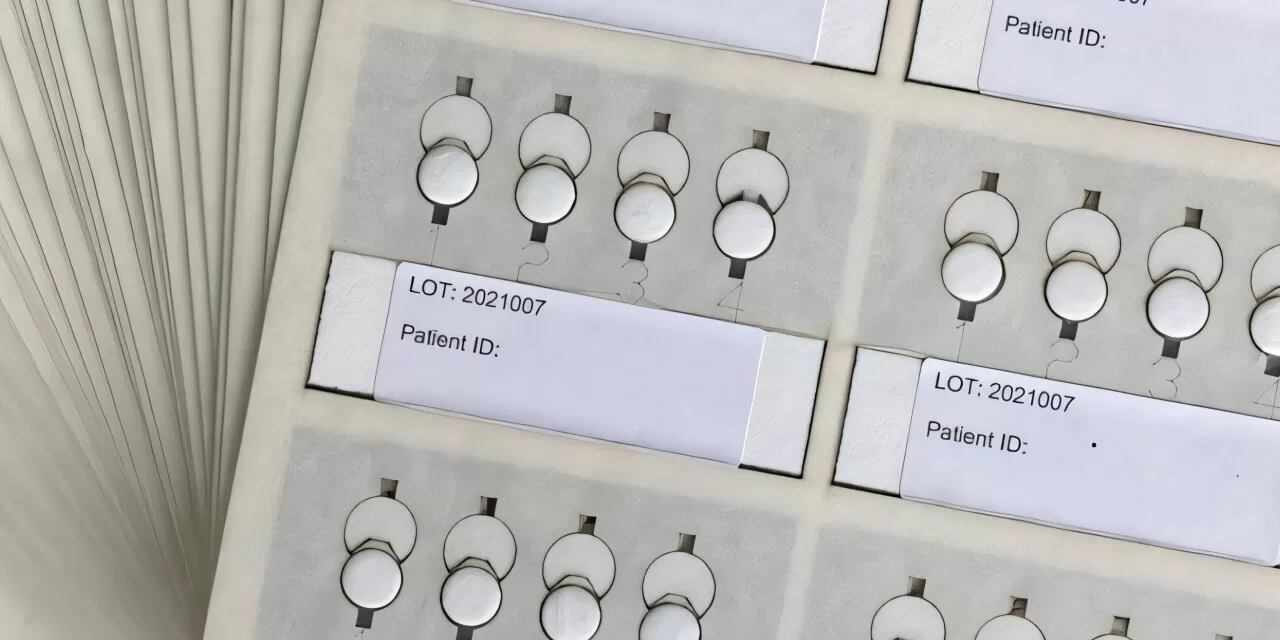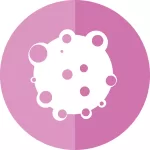In regions where access to clinics for routine blood tests is challenging, HIV patients often rely on paper-based devices to collect and ship small blood samples for remote analysis. While these devices are useful for tracking adherence to treatment and monitoring disease progression, they have a critical limitation: the lack of control over the blood volume collected, which can lead to inaccurate results.
Addressing this issue, a research team led by Associate Professor Charlie Mace at Tufts University’s Department of Chemistry, alongside postdoctoral scholar Giorgio Morbioli and colleagues, has developed an innovative paper-based device that enhances test accuracy. The new device, known as a plasma spot card, features wax-printed patterns that ensure consistent blood volume collection by guiding the sample into precise channels and collection spots.
In a clinical pilot study involving 75 South African HIV patients, the Tufts research team demonstrated that their plasma spot card provided a more accurate measurement of HIV infection levels compared to the industry-standard Roche plasma spot card. The new device achieved an accuracy of 90.5%, surpassing Roche’s 82.7%. Additionally, it proved more effective in detecting drug-resistant viral mutations (63% vs. 42%), an important factor in determining whether a patient should continue their current treatment regimen or switch medications.
The findings, published in the Proceedings of the National Academy of Sciences, mark a significant advancement in HIV diagnostics. Mace emphasized the importance of simplicity in medical device design, stating, “Our intuition told us that, because paper will have a defined saturation volume for a unit of area, by patterning a spot with a specific size and shape, we should be able to predict how much plasma it collects. Our cards also needed to be compatible with current workflows to prevent resistance to adoption.”
To validate the technology in real-world settings, the Tufts team collaborated with the National Institute for Communicable Diseases (NICD) in Johannesburg, South Africa, a leading center for disease surveillance and diagnostics. NICD scientists provided crucial insights and facilitated clinical comparisons between the plasma spot cards.
Looking ahead, Mace and his team are working to integrate this technology into routine medical practice through collaborations with laboratories and researchers in the U.S. and internationally. They continue refining the device to further enhance its precision and commercial viability.
“We intentionally focus on developing technologies that are simple, both in construction and operation,” Mace said. “Those kinds of restrictions can make research more difficult, but ultimately, we believe in that approach because simplicity should lead to accessibility and affordability, which are both clearly needed in health care.”
Disclaimer: This article is for informational purposes only and does not constitute medical advice. Individuals should consult healthcare professionals for personal medical concerns and diagnostic decisions.












